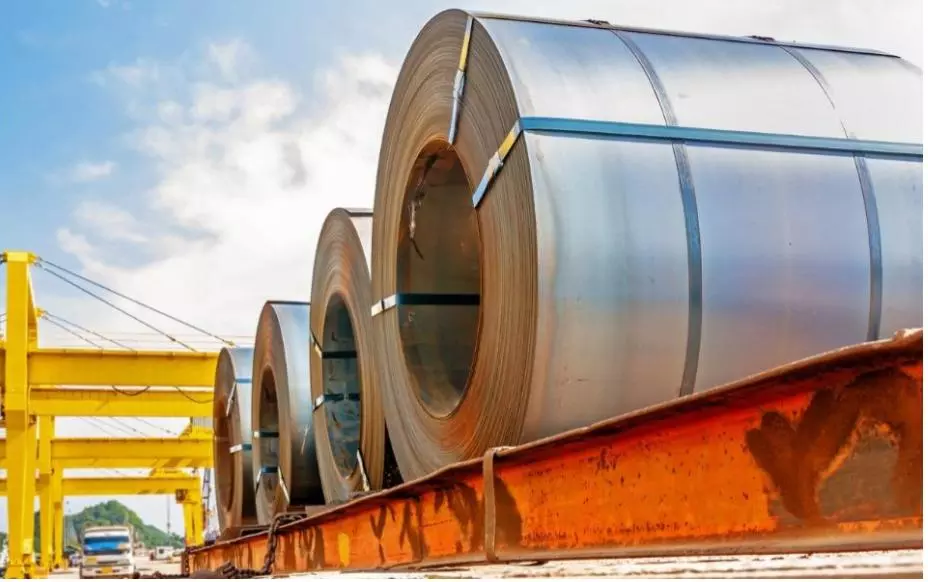
Corrosion leads to losses worth US$ 110 bn in India annually: ISSDA

Corrosion in projects across sectors leads to losses worth US$ 110 billion in India annually, said industry body ISSDA said on Friday (August 4).
According to Rajamani Krishnamurti, president of Indian Stainless Steel Development Association (ISSDA), as India moves towards a US$ 5 trillion economy goal, dealing with a challenge like corrosion in projects should be a key focus area.
ISSDA is the apex body of the stainless steel sector in India which engages with stakeholders and the government to identify the challenges in the sector and works on solutions.
“Corrosion is a serious issue. Corrosion leads to various other problems that weaken the infrastructure structures. As a result, many projects like road over bridges, footover bridges at railway stations, real estate projects fail to complete their estimated life cycle,” he said. “If you calculate, losses worth US$ 110 billion are happening every year in India,” Krishnamurti said at the first India Stainless Steel Expo (ISSE).
Compared to carbon steel, stainless steel is more ductile, corrosion free, maintenance free, aesthetic and has longer life, he said.
Also read: Blast, steam leak in Tata Steel’s Odisha plant leave 19 workers injured
The per capita stainless steel consumption in India is at 2.8 kg as against the world average of 6 kg. The installed capacity of stainless steel in India is 6.5 million tonne (MT).
In 2022-23, the country produced 4 MT stainless steel.
Highlighting the issue of dumping in India, he said the industry wants that the government check the rising imports and take measures like imposing countervailing duty (CVD) or anti-dumping duty (ADD) on such imports.
“It has been witnessed that the industry could not utilise its installed capacity at optimum level due to huge dumping from China at predatory pricing, which has eaten up over 33 per cent of domestic demand,” Krishnamurti said.
(With input from agencies)


